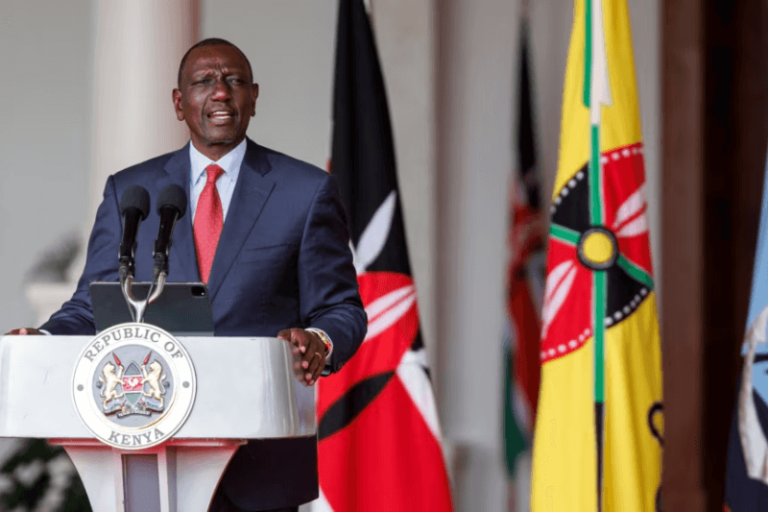

kenyan president william ruto names new cabinet amid continual protests
Retaining six former ministers in the vital areas of defense and interior, Kenyan President William Ruto declared on Friday the selection of the first eleven members of his Cabinet. This choice comes in line with general demonstrations demanding changes in government and the resignation of the president.
Ruto removed all but one minister last week, indicating his intention to establish a broad-based government targeted at resolving the problems triggering the month-long demonstrations. Originally opposing a finance measure including increased taxes, the rallies have recently become more general calls for Ruto’s resignation amid claims of poor government.
Ruto kept the former ministers in the interior and defense ministries even with a cabinet change-over. He still has to name a finance minister, though, a crucial position considering the country’s mounting public debt and divisive budget. Ruto has defended the suggested levies as required for debt repayment and increase of internal income collecting.
Among the high expense of living in the nation, protestors have charged the former ministers of inefficiency, corruption, and extravagant lives. Particularly the interior ministry has come under heavy attack for the police killings and gunfire of demonstrators during the June 25 siege of parliament.
Members of the opposition coalition separated themselves from the idea to create a broad-based administration just before Ruto made his declaration. They dubbed it a “betrayal of the Kenyan people, particularly Gen Zs and millennials, who have been leading front-stage in the demonstrations demanding reform.
Prominent opposition leader Kalonzo Musyoka brushed off the Cabinet changes as “cosmetic,” contending that nothing would change as long as the Ruto government was in power. Any opposition party joining the broad-based government would be acting personally rather than as part of the opposition alliance, he said. Main opposition leader Raila Odinga notably missed the media briefing of the opposition alliance.
Beginning on June 18, young Kenyans who identify as leaderless and tribeless have spearheaded the demonstrations in unison in their demands for responsibility and honest government. Since the demonstrations began, at least 50 persons have died and more than 400 have been injured, claims the Kenya National Commission on Human Rights.
Significantly in legal terms, a judge on Thursday lifted a police prohibition on demonstrations in the city, Nairobi, therefore empowering the protestors.
Considered as measures to consolidate his government among the continuous upheaval are President Ruto’s latest Cabinet nominations and the retention of important ministers. Still, the lack of a finance minister and the ongoing demonstrations suggest that the Kenyan administration faces tremendous obstacles ahead.
African football teams struggle intensely in the World Cup Qualification rounds to earn their place on the international football stage.…
The journey toward the 2026 FIFA World Cup is rapidly intensifying for all African teams, who now hold a historical…
The cricket authority in Zimbabwe will organize matches between top international teams in a major cricket event expected to succeed…
In 2025 the South African Social Security Agency (SASSA) announced its designated dates for social grant payments that benefits millions…
Africa is taking big steps by entering the global green technology manufacturing market to stop being just a supplier of…
Two mobile telecom leaders, MTN Group and Airtel Africa, joined forces to create a new digital infrastructure system throughout African…
This website uses cookies.